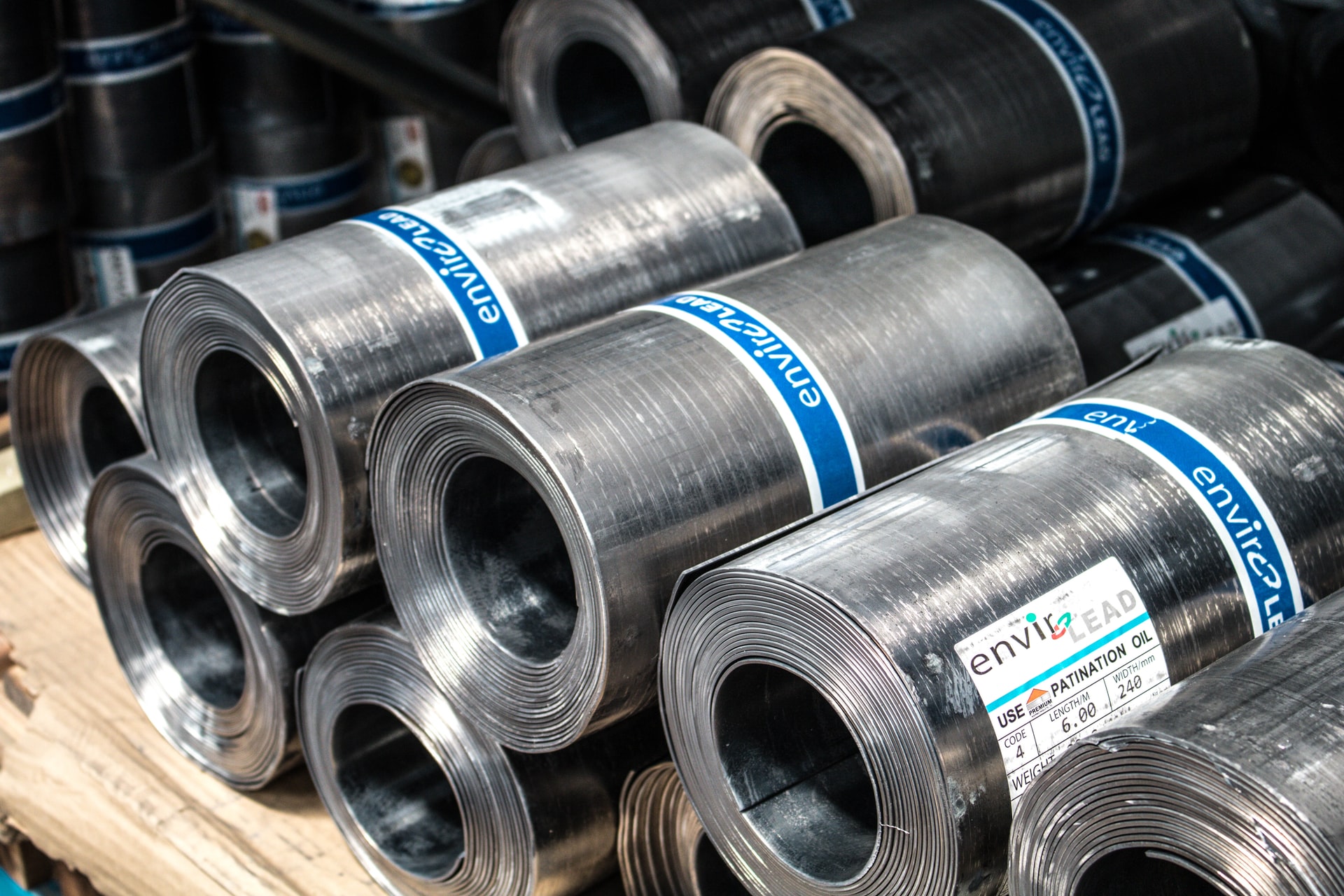<p><!-- BEGIN THEIA POST SLIDER --></p>
<p>When US President Donald Trump decided to apply 25% tariffs on foreign steel in March 2018, panicky customers placed new orders in a hurry, before the anticipated addition increases prices noticeably.</p>
<p>That decision motivated local producers and pushed them to make expansion plans and revive idle production lines, just like what United States Steel Corporation did in Granite City, Illinois, after which Trump delivered another speech about the industry’s revival.</p>
<blockquote><p>In just 1 year, steel prices went from under level to half peak, thanks to the application of tariffs.</p></blockquote>
<p>While Granite City smelter is still operating, it’s not the same case in Pittsburgh, where United States Steel released a lot of workers. Other Steel producers are closing factories, ending contracts, or reducing work hours in Louisiana, Kentucky, West Virginia, and Pennsylvania. This is not just a business matter it also may be a political problem for Trump, who won the elections back in 2016 by delivering promises to help resurge national manufacturing.</p>
<p>Encouraged by the president’s speech and added taxes, steel companies expanded production where it wasn’t needed, (considering low-interest rates over the years), meanwhile, Trump’s policy caused a slowdown of the global economy, and led US manufacturing to a recession. Although analysts estimate a 20% increase in domestic steel production capacity.</p>
<p>Trump administration and many local steel producers claim that tariffs worked, as they boosted the share of US production, and it’s true, but even if imports were completely canceled, the local production would remain bigger than needed, besides, demand for steel is slowing furthermore, as aluminum is replacing steel in car production. This has a clear result: prices will keep tumbling.</p>
<figure id="attachment_483" aria-describedby="caption-attachment-483" style="width: 230px" class="wp-caption alignleft"><a href="https://ustopbusiness.com/wp-content/uploads/2019/09/Photo-by-Malte-Wingen-on-Unsplash-scaled.jpg"><img class=" wp-image-483" src="https://ustopbusiness.com/wp-content/uploads/2019/09/Photo-by-Malte-Wingen-on-Unsplash-scaled.jpg" alt="" width="230" height="345" /></a><figcaption id="caption-attachment-483" class="wp-caption-text">Photo by Malte Wingen on Unsplash</figcaption></figure>
<p>The way Trump explained his decision by calling imports a threat to the American national security received negative reactions and led to tariff application by big steel exporting ally companies (although the tariffs were removed on Canada and Mexico after an agreement).</p>
<p>Trump’s tariffs didn’t even touch the main case: overproduction elsewhere (China, which provides half of the world supply, considering its share in the US is only 2%, and they didn’t address the inefficiencies in the US industry</p>
<p>Not only did the tariffs backfire (as they’ll lead to more inefficient mills shutdown) but they also caused accusation of favoritism. Exclusion from the 25% duty was possible, had the type of steel imported been unavailable in the US, unless an objection was filed by another US steel producer, which 59% of said objections were lodged by 2 firms which have ties to Trump administration officials, hence the accusation of favoritism. Yet one of them benefited substantially from the tariffs, but they both still recorded a decrease in stocks.</p>
<p>Small steel companies complain that the decision for tariff exemption has cost them many millions of dollars (for example NLMK paid $170 million in tariffs for imported slabs, California Steel lost $21 million).</p>
<p>A spokesperson for the Commerce Department argues that the process of treating exclusions tariff requests is “transparent and fair.” However, he didn&#8217;t contest that encountered objections were rarely approved.</p>
<p><!-- END THEIA POST SLIDER --></p>

